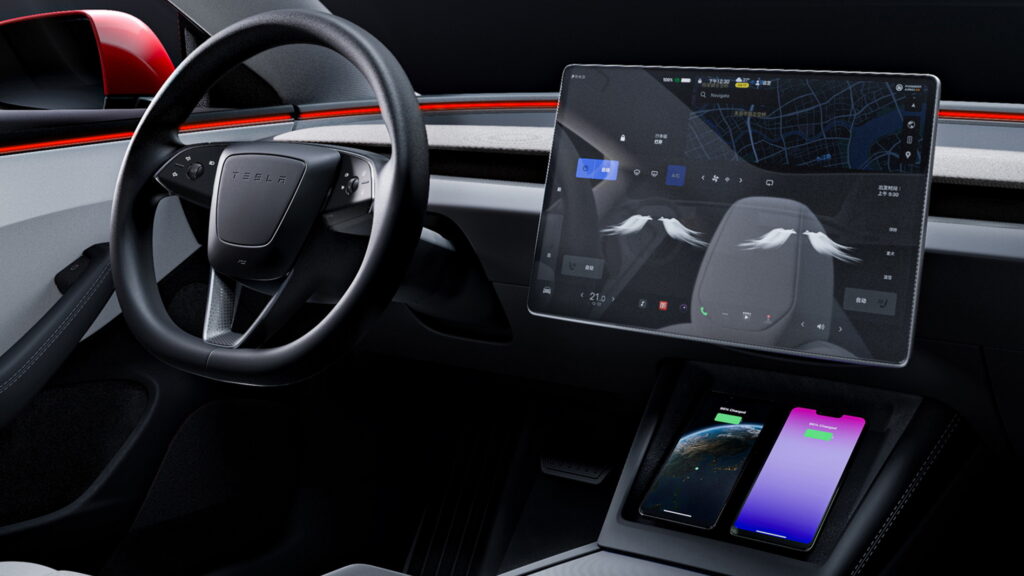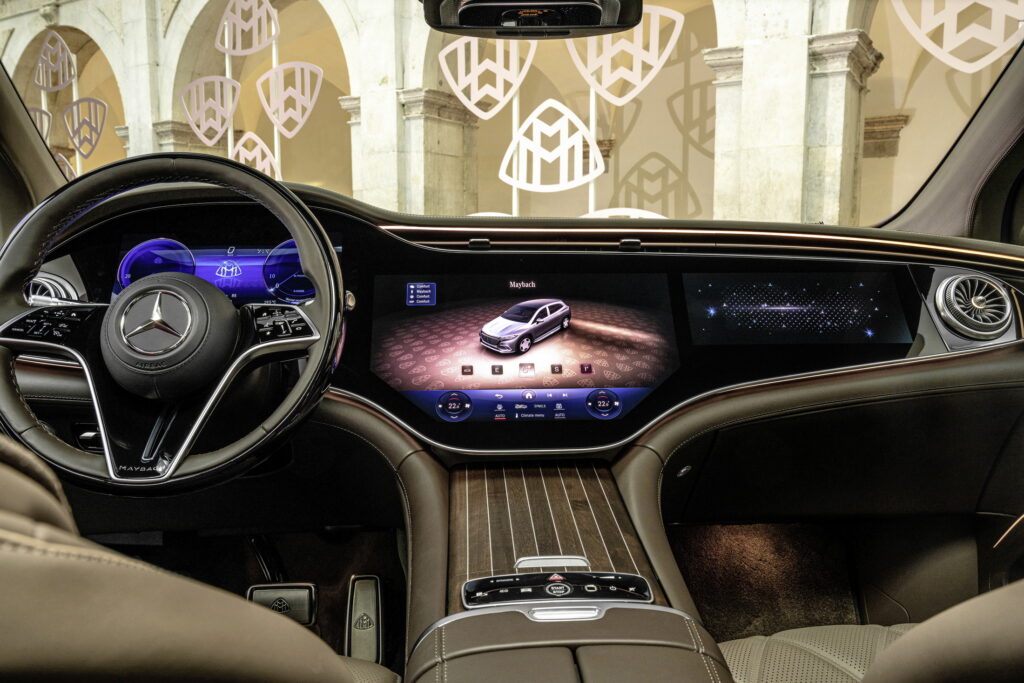Europe’s road safety authority, Euro NCAP, is aiming to make the use of physical buttons in vehicles necessary if automakers want a five-star rating. The move is designed to discourage automakers from relying too heavily on touchscreens, which the organization described as distracting.
The incoming rules are a reaction to a trend in automotive design that puts a premium on high-tech features. More screens make a new car look more futuristic, and can have other advantages for automakers. They simplify interiors, making them cheaper, and allowing companies to roll out updates over the air. However, as we’ve pointed out many times, there’s a downside to buttonless interiors.
And we’re not alone. Euro NCAP states that these these touchscreens also require drivers to take their eyes off the road to operate them, as reported by The Times. Therefore, in order to get top marks on its safety test, automakers will have to allow drivers to use stalks or buttons to complete five critical tasks: indicating directions, turning on the hazard lights, blowing the horn, operating the windshield wipers, and activating the eCall SOS function.
Read: Physical Buttons Much Easier To Use Than Infotainment Screens, Study Finds

While Tesla led the trend on moving vehicle controls onto touchscreens, Matthew Avery, Euro NCAP’s director of strategic development, claimed that this is an industry-wide problem.
“Almost every vehicle-maker [is] moving key controls onto central touchscreens, obliging drivers to take their eyes off the road and raising the risk of distraction crashes,” Avery told The Times. “New Euro NCAP tests due in 2026 will encourage manufacturers to use separate, physical controls for basic functions in an intuitive manner, limiting eyes-off-road time and therefore promoting safer driving.”
The introduction of these new rules will not require automakers to change their design, as a high Euro NCAP rating is not necessary for a vehicle to be on the road. However, earning a five-star safety score is an achievement that can help make a vehicle more attractive to consumers.
The organization plans to introduce its new guidelines as part wider set of rules changes coming in 2026. As a result, the rules have not yet been set in stone, but Avery told The Verge that automakers are onboard with the changes.
“As this work is in progress, we have not yet finalized the evaluation procedure,” Avery told the outlet. “However, it is our intention to adopt these new requirements in 2026 as stated and the vehicle manufacturers are aware and are in support of the initiative.”





